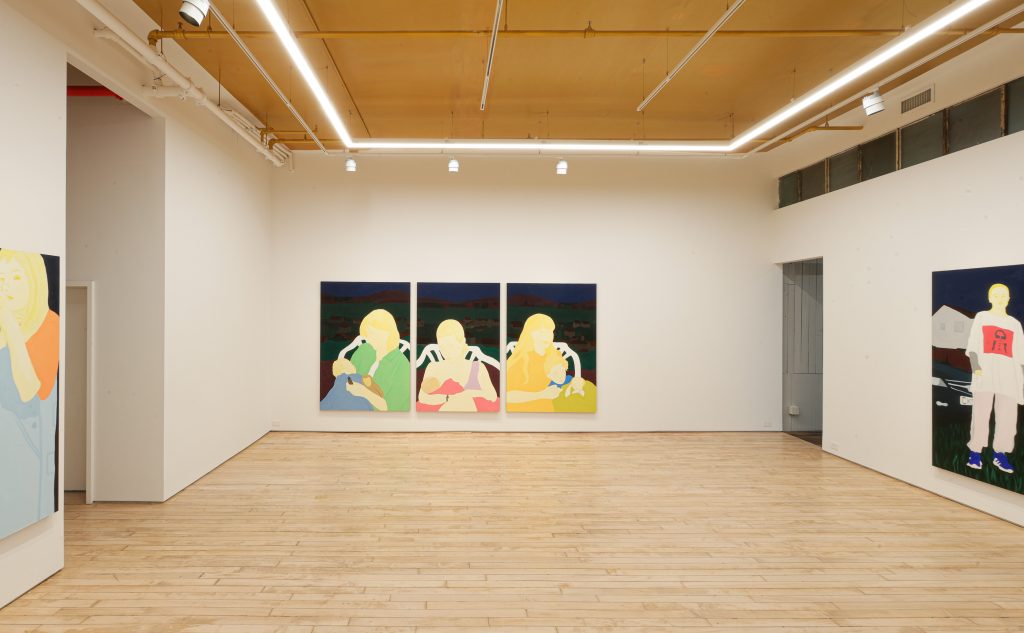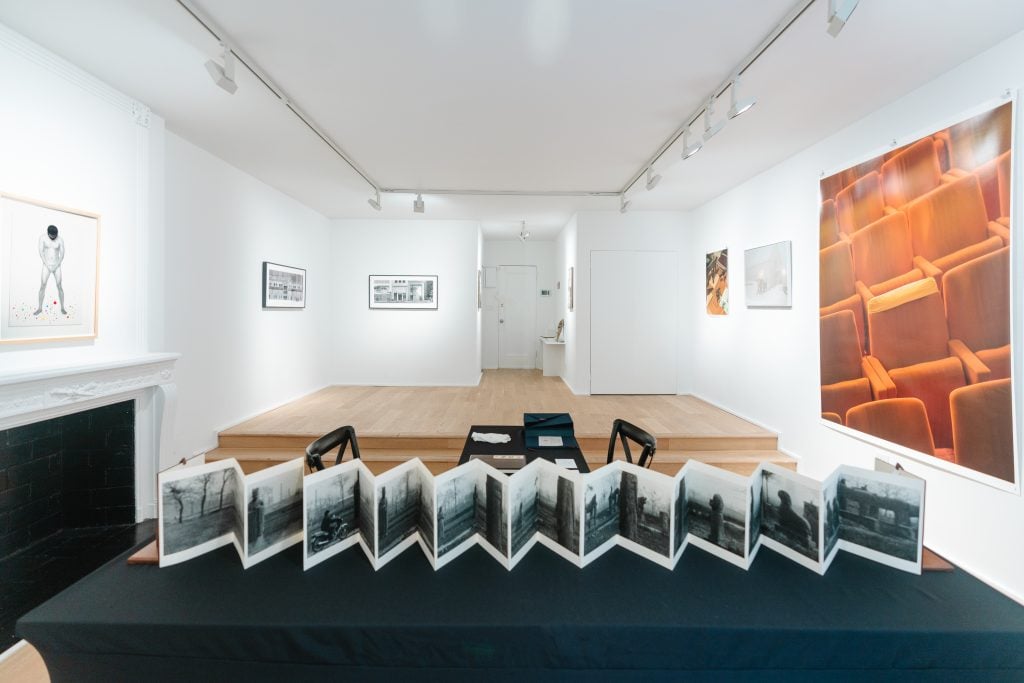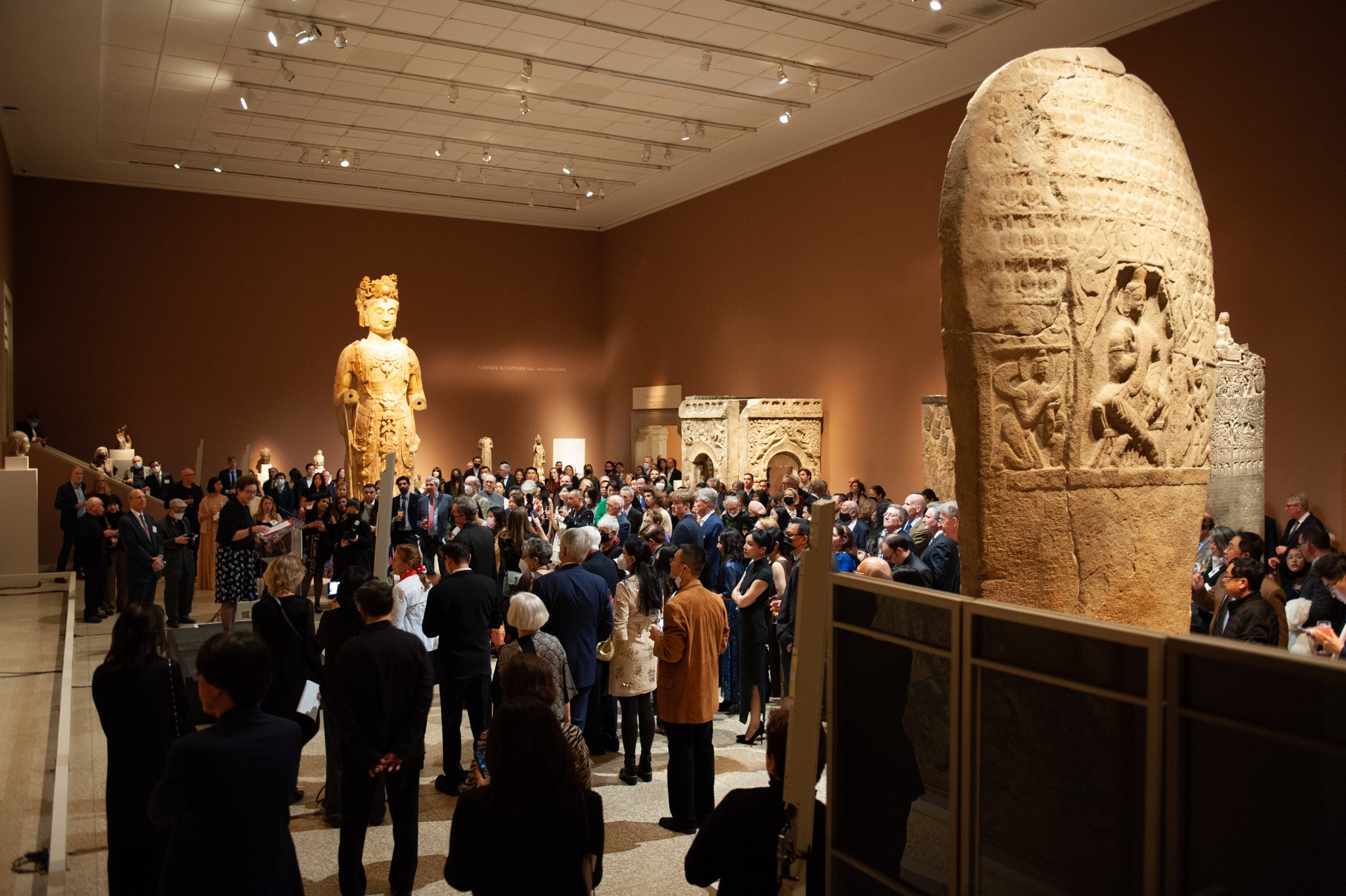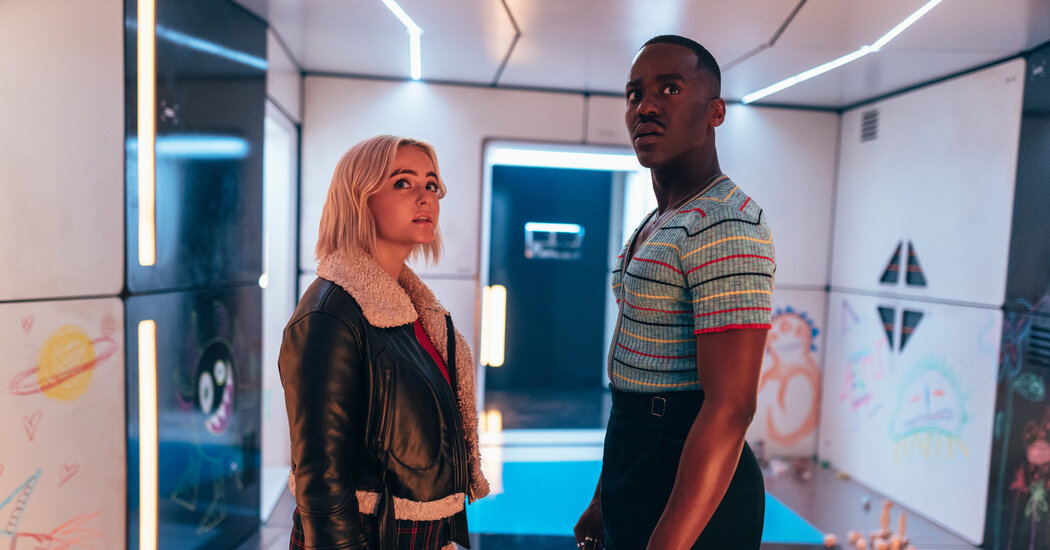This article originally ran in The Asia Pivot, Artnet Pro’s biweekly members-only newsletter providing mission-critical analysis, insights, and exclusive intelligence on developments in Asia’s art markets, with a focus on business opportunities and challenges. Subscribe here to receive it directly to your inbox.
Before Hong Kong’s “March Madness” kicks in, there is Asia Week New York, the first major Asian-art event of the new lunar year. Launched in 2009, the 2024 edition sees 26 international galleries, six auction houses (who spearheaded the creation of the event), and 16 museums and cultural institutions presenting (and selling) exceptional examples of Asian art, from porcelain and textiles to bronzes and prints that date from the second millennium BCE to today.
For collectors, especially those who lust after antiquities, the event provides the chance to acquire major works. One highlight this year was the Metropolitan Museum of Art entrusting Bonhams with more than 170 lots deaccessioned from its collection, including a significant Qianlong/Jiaqing period vase that sold for about $87,000. Every piece found a buyer, generating a total of $1.3 million.
A group of 17th- and 18th- century ceramics from the Metropolitan Museum of Art.
During its 15 years in existence, Asia Week, which concludes today, has seen shifts in its gallery lineup, with contemporary art and emerging artists entering the fold. Ink art, embodying traditional Chinese literati essence, is also notably gaining momentum in New York. This year, a newcomer, Alisan Fine Arts, is introducing a leading figure in that area, Lui Shou-Kwan, with his signature Zen painting series. Galleries including Fu Qiumeng Fine Art and Ink Studio are showcasing the millennial generation’s reinterpretation and innovation of this classic form.
Beyond Asia Week, a notable shift has been taking place in New York’s art scene in recent years: an increasing number of galleries managed by Asians, especially Chinese, are gaining attention in on the Lower East Side and in Brooklyn.

Latitude Gallery in Manhattan’s Chinatown.
ATM Gallery’s co-founder, Will Leung, has opened his own gallery, Long Story Short, in Manhattan’s Two Bridges neighborhood and also has outposts in L.A. and Paris. Founded in 2023 by Jianrui Li, Temple Gallery is also located in the Two Bridges area. And nearby, in the bustling heart of Chinatown, Latitude, founded by Shihui Zhou, has persevered through the pandemic, continuing its mission of showcasing cutting-edge works by emerging Asian–diaspora artists. Then there’s Rain Lu’s newly opened Rainrain Gallery on Lafayette Street.
Nunu Fine Art, originally established in Taipei, inaugurated a 3,000–square-foot space at 381 Broome Street, becoming the first Taiwanese gallery to expand its program to New York. YveYang Gallery, originally established in Boston, now occupies an enviously spacious street-level space in a historic sewing machine factory in SoHo. Brooklyn’s Tutu Gallery, for its part, aims to “present art that’s slightly ‘off the wall,’” as it says in its mission statement.

“Imitation of Life,” a solo exhibition of artist Anastazie Anderson at YveYang Gallery.
What’s driving this recent surge?
For one thing, a wave of immigration has introduced a young, affluent demographic from China and beyond to the U.S. The country’s well-established system of tax breaks for donations has encouraged some of these immigrants to collect art, and art-related activities have become a vehicle for them to assimilate into local culture.
The pandemic, despite its challenges, has also catalyzed change, leaving a lasting impact on New York’s art market. Social movements, including BLM and campaigns against anti-Asian hate, have encouraged the Asian community to carve out its own spaces, rather than waiting to be given opportunities.

Fu Qiumeng Fine Art on the Upper East Side in New York.
There also has been a significant rise in the number of Asian students enrolling in BFA and MFA programs in the U.S., as well as art management programs. This aligns with the growth of China’s art market and the burgeoning influence of South Korea’s creative industries since the beginning of the 2010s. The School of Visual Arts exemplifies this, with the enrollment of Chinese students doubling each year from 2010 to 2019. Despite a pandemic-induced decline, the past decade yielded a new generation of graduates ready to make their mark on the gallery scene.
This trend isn’t just in New York. It’s occurring on the West Coast, in London, and in Paris, too. It’s an ongoing shift, and one that The Asia Pivot will be following closely. Stay tuned.
Follow Artnet News on Facebook:
Want to stay ahead of the art world? Subscribe to our newsletter to get the breaking news, eye-opening interviews, and incisive critical takes that drive the conversation forward.



